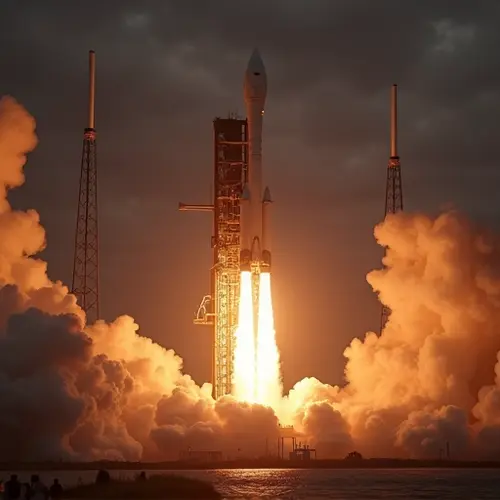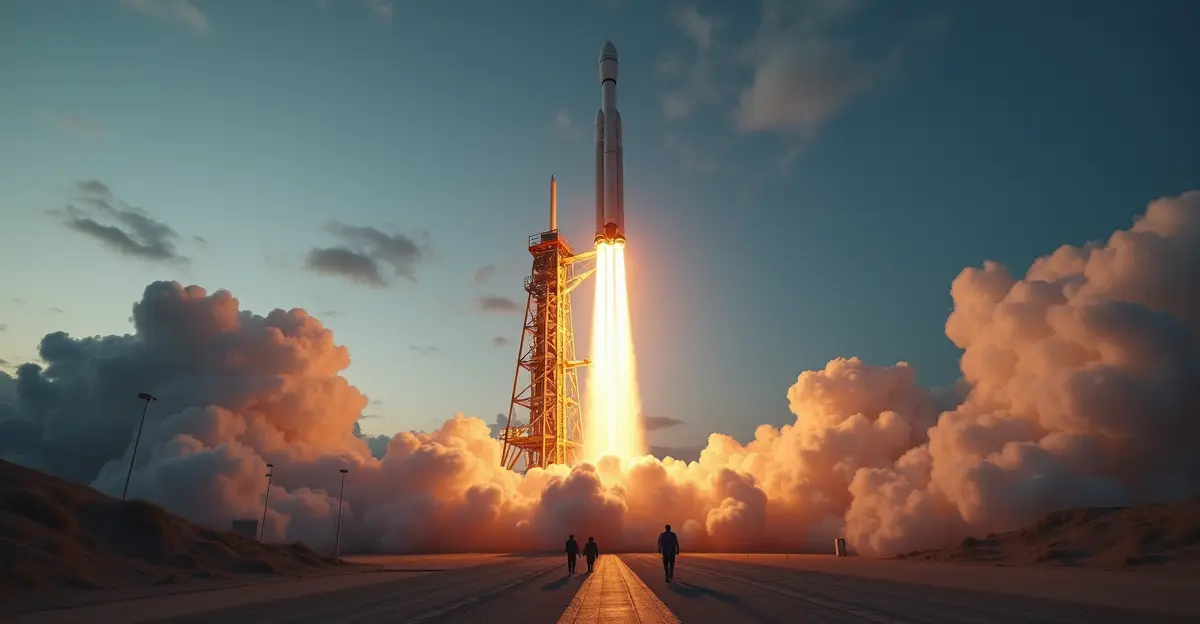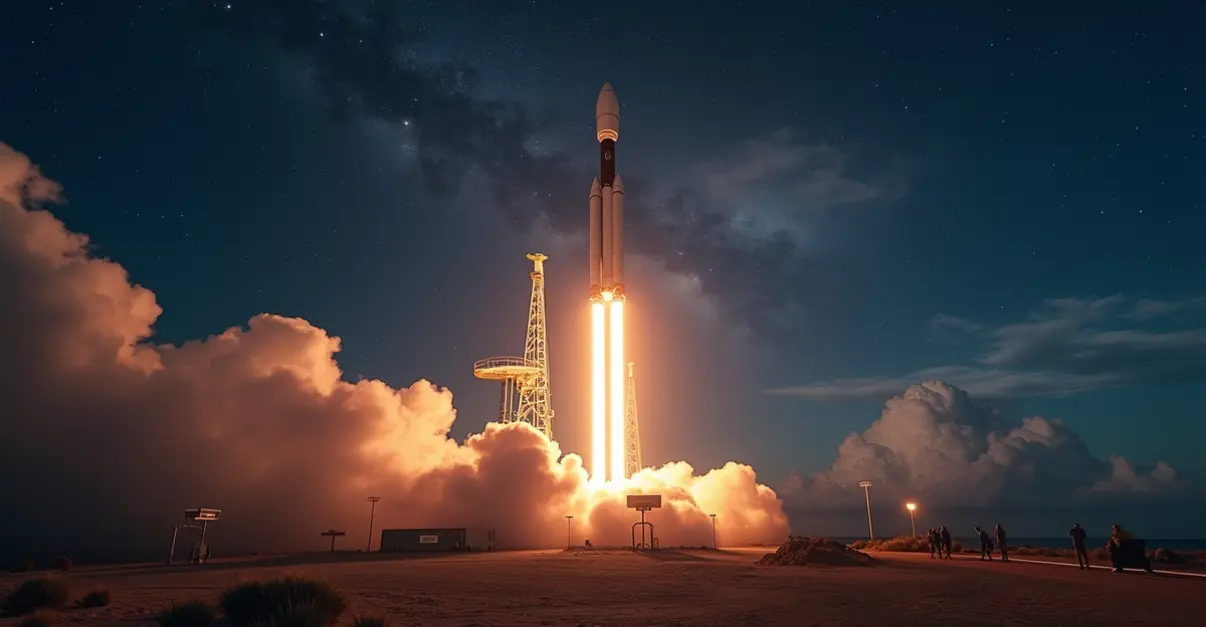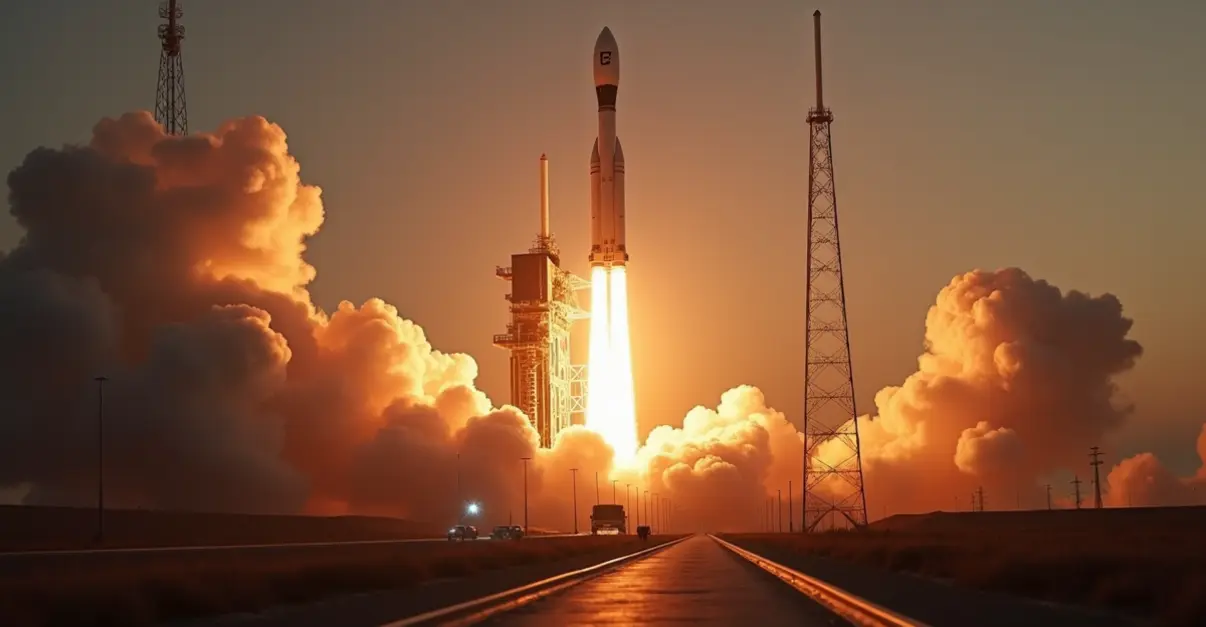Commercial space launch cadence reaches record levels in 2025 while regulators update licensing and orbital safety rules. FAA committee reviews Part 450 regulations as debris concerns grow with increased satellite deployments.
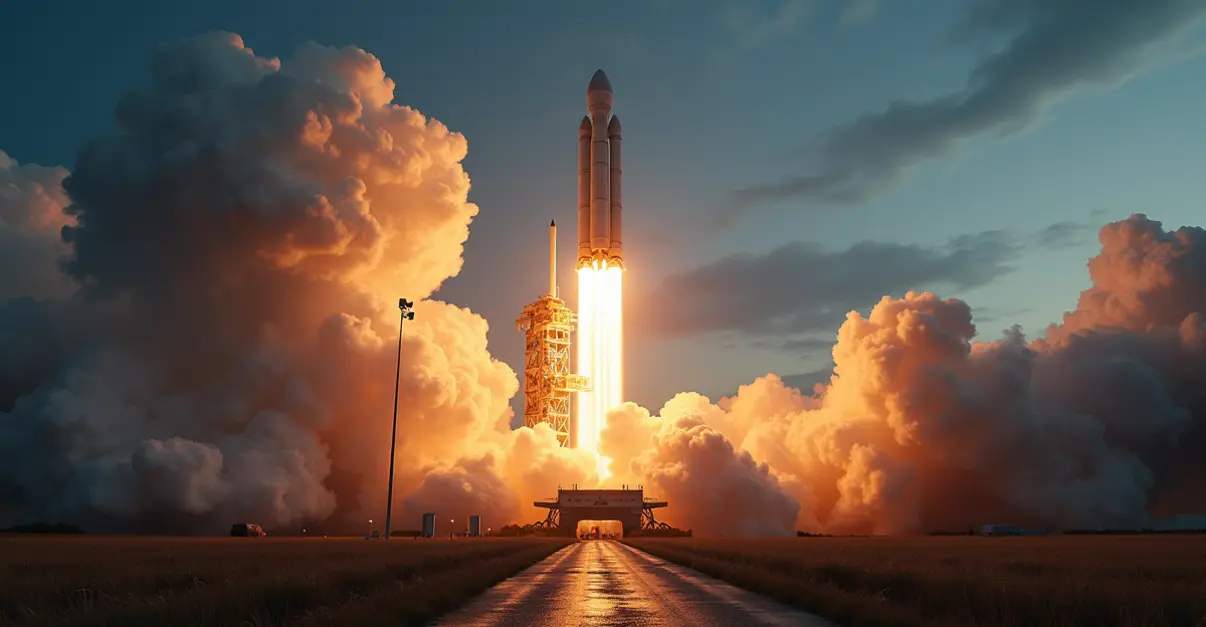
Rapid Growth in Commercial Space Launches
The commercial space industry is experiencing unprecedented growth in 2025, with launch cadence reaching new heights. Companies like SpaceX, Rocket Lab, and Blue Origin are leading the charge, with SpaceX alone conducting multiple launches per month for its Starlink constellation and other missions. 'We're seeing launch rates that were unimaginable just a few years ago,' says Dr. Amanda Chen, a space policy expert at the Secure World Foundation. 'The industry is maturing rapidly, but this growth brings significant regulatory challenges.'
Regulatory Framework Evolution
The Federal Aviation Administration (FAA) has initiated a comprehensive review of commercial space launch regulations through its Aerospace Rulemaking Committee (Part 450 SpARC). This 24-member committee, announced in December 2024, includes representatives from major industry players and focuses on nine key areas including flight safety analyses and system safety. The committee aims to submit recommendations by late summer 2025, which the FAA will use for potential rulemaking. FAA regulatory framework provides the foundation for these updates.
Launch Schedule Intensity
According to 2025 launch schedules, the industry is maintaining a relentless pace. SpaceX continues its Starlink deployment missions while also conducting Starship test flights. Blue Origin's New Glenn rocket made its maiden flight in early 2025, marking a significant milestone for the company. Rocket Lab maintains its regular Electron launch cadence from New Zealand and Virginia. 'The launch manifest for 2025 is the busiest we've ever seen,' notes launch analyst Michael Torres. 'We're tracking over 200 planned launches globally this year.'
Orbital Safety and Debris Management
Growing Space Debris Concerns
The increasing launch cadence has amplified concerns about orbital debris and space traffic management. Current surveillance tracks approximately 40,000 larger debris fragments, but hundreds of thousands of smaller pieces pose significant collision risks. ESA's Zero Debris approach aims to limit space debris production by 2030 through stricter requirements including reduced maximum time in protected low-Earth orbits from 25 to just 5 years.
Collision Avoidance Systems
Modern satellites are increasingly equipped with advanced collision avoidance systems. SpaceX's Starlink satellites, for example, use autonomous avoidance capabilities based on uplinked tracking data. 'The technology for collision avoidance has improved dramatically, but the sheer number of objects in orbit makes coordination essential,' explains orbital mechanics specialist Dr. Sarah Johnson. Regulatory bodies are working to establish standardized protocols for conjunction assessment and collision avoidance maneuvers.
Licensing and Compliance Challenges
The rapid launch cadence presents challenges for licensing and compliance processes. The FAA's streamlined rulemaking published in September 2020 provides performance-based safety approaches, but agencies are struggling to keep pace with industry innovation. 'We need regulations that support innovation while ensuring public safety,' states FAA administrator Mike Whitaker. The current regulatory framework in 14 CFR Chapter III, Parts 400-460 is being tested by new technologies and operational approaches.
Future Outlook and Industry Response
The commercial space sector shows no signs of slowing down. With plans for even larger constellations and more frequent launches, regulatory bodies and industry stakeholders are collaborating to develop sustainable practices. International cooperation through organizations like the United Nations Committee on the Peaceful Uses of Outer Space (COPUOS) is crucial for addressing global space traffic management challenges. As launch cadence continues to increase, the industry must balance innovation with responsibility to ensure the long-term sustainability of space operations.

 Nederlands
Nederlands
 English
English
 Deutsch
Deutsch
 Français
Français
 Español
Español
 Português
Português




